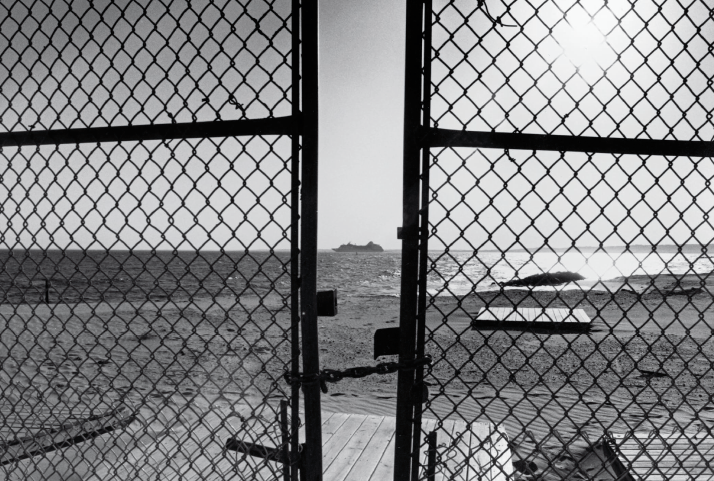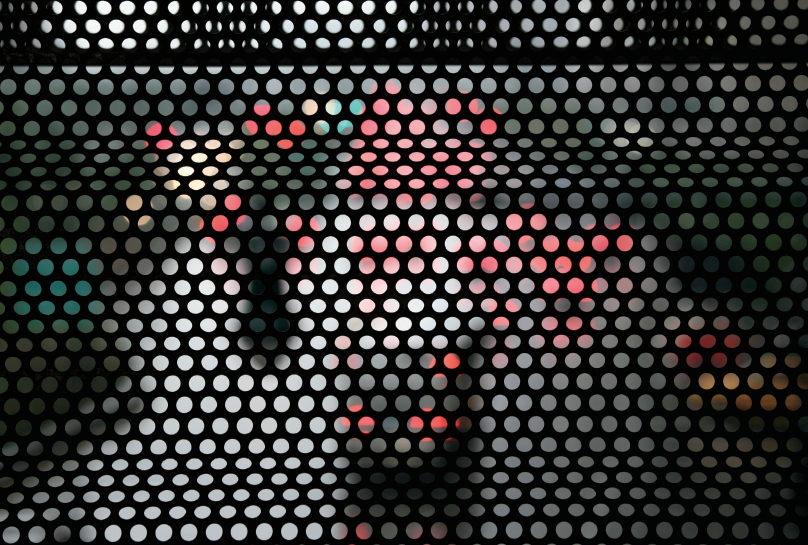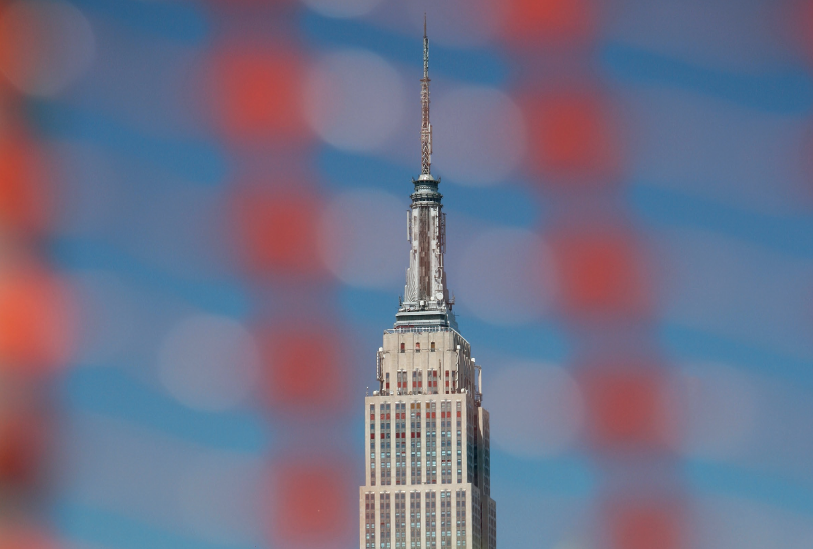
In order to experience photography in a deep, transformative sense, you must enter a more contemplative and meditative state of mind. You must free your mind of thoughts and judgments and submit to the influence of your surroundings. For example, I enter this contemplative mode when I photograph in New York City. I no longer walk around thinking, “this is the Chrysler Building, which was built in the Art Deco style of the 1920s, and is the most beautiful building in the city.” (You can, of course, revisit these thoughts at another time.) When you transcend into a truly meditative state, you automatically cease active thought. Simple observation is enough to allow you to become aware of the continual melding of the self with your surroundings. You become one with elements to the point where it is as though the pictures are taking themselves, rather than being taken by you. Everything happens automatically. Seized more and more by the flow of the city, by the flow of the images, you enter a stream of enthusiasm and emotion. Now and then the knowing mind might make itself known, but once you acknowledge it, you return to the immediate experience.
Of course, such an enthusiastic, intimate flow can hardly be described with words. Ultimately, it is about choosing not to structure your thoughts with language. When I suddenly attempt to use language to describe what lies at the heart of the matter, I inevitably face a dilemma: what has happened cannot be described with words; it must be experienced. Photographs that have been created using this flow methodology bear evidence of this. Mere words fall flat and short of the mark. And yet, in this book I have attempted to describe the meaning of meditative photography in both words and pictures. This experience isn’t rare and inaccessible. On the contrary— we have all experienced these moments of pure understanding. My intent isn’t to describe these experiences, but to help you become aware that such intimate moments are different from the way we most commonly experience the world around us, and thus, can lead to greater creativity.

Photography can be an intimate experience and a meditation, but make sure you master your technology so that the mechanics become second nature. This way you can stay within your meditation without having to actively think about setting a wide-open aperture in order to have the elements of this picture in New York appear out of focus.

It is wonderful to get into a flow of taking images that is not controlled by the rational mind. When the mind is labeling the subjects of your photographs (“This is the Empire State Building, and for a while after 9/11, it was the highest building in NYC —”), it is difficult to find that flow. Meditative photography is about finding calmness and stillness in the mind so photography becomes organic and authentic.
Interested in learning more about the practice of mediation and photography? Check out Torsten Andreas Hoffman’s book, Photography as Meditation.
